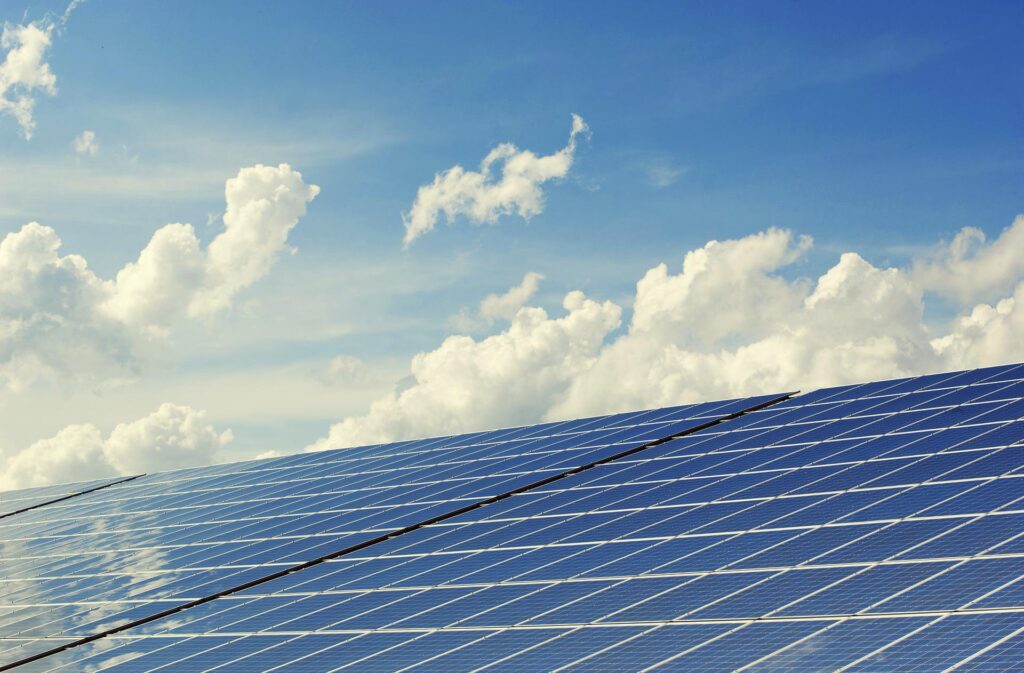THE GROWTH OF WIND ENERGY: CHALLENGES AND OPPORTUNITIES
The Growth of Wind Energy: Challenges and Opportunities
Wind energy has witnessed remarkable growth in recent years, becoming a prominent player in the global energy landscape. As the world seeks sustainable and cleaner energy sources, wind power has emerged as a key player in this transition. However, this growth has come with its own set of challenges and opportunities.
Key Points:
1. Rapid Expansion of Wind Energy
- Wind energy capacity has experienced exponential growth, with installed capacity reaching hundreds of gigawatts globally.
- Offshore wind farms have gained traction, harnessing stronger and more consistent winds, expanding the potential for wind energy generation.
2. Environmental Benefits
- Wind power is clean and renewable, reducing greenhouse gas emissions and mitigating climate change.
- It helps reduce reliance on fossil fuels, enhancing energy security and reducing air and water pollution.
3. Economic Opportunities
- The wind energy sector has created jobs, fostering economic growth and regional development, especially in rural areas.
- Investments in wind energy infrastructure stimulate local economies and provide long-term revenue for landowners.

4. Technological Advancements
- Advancements in turbine technology have increased efficiency and lowered costs, making wind energy more competitive with other energy sources.
- Energy storage solutions, such as grid-scale batteries, complement wind power by addressing intermittent energy generation.
5. Challenges in Grid Integration
- Integrating variable wind energy into existing grids can be challenging, requiring grid upgrades and smart grid solutions.
- Seasonal and geographic variations in wind availability necessitate a diversified energy mix.
6. Environmental Impact
- Wind farms can impact local ecosystems and wildlife, requiring careful site selection and mitigation measures.
- Blade disposal and rare earth element mining for turbine magnets raise sustainability concerns.
7. Energy Storage
- To maximize the benefits of wind energy, effective energy storage systems are needed to store excess energy for use when the wind isn’t blowing.
- Battery technology advancements are crucial to provide a stable and reliable energy supply.
8. Regulatory and Policy Challenges
- Inconsistent government policies and subsidies can hinder long-term planning and investment in wind energy.
- Streamlined permitting processes and stable incentives are essential for sustained growth.
9. Aesthetics and Public Perception
- Wind turbines can face opposition due to their visual impact on landscapes and potential noise pollution.
- Public education and community engagement are vital to address these concerns.
10. Interconnected Energy Systems
- Integration with other renewable energy sources, such as solar and hydropower, can provide a more reliable and resilient energy supply.
- Developing interconnected energy grids can help balance fluctuations in wind energy production.
The growth of wind energy presents significant opportunities for a more sustainable and cleaner energy future. While it offers numerous benefits, including environmental advantages and economic opportunities, addressing challenges like grid integration, environmental impact, energy storage, and regulatory hurdles is crucial. By focusing on innovation, collaboration, and sound policies, the wind energy sector can continue to expand its role in the global energy mix and contribute to a greener and more sustainable world.


